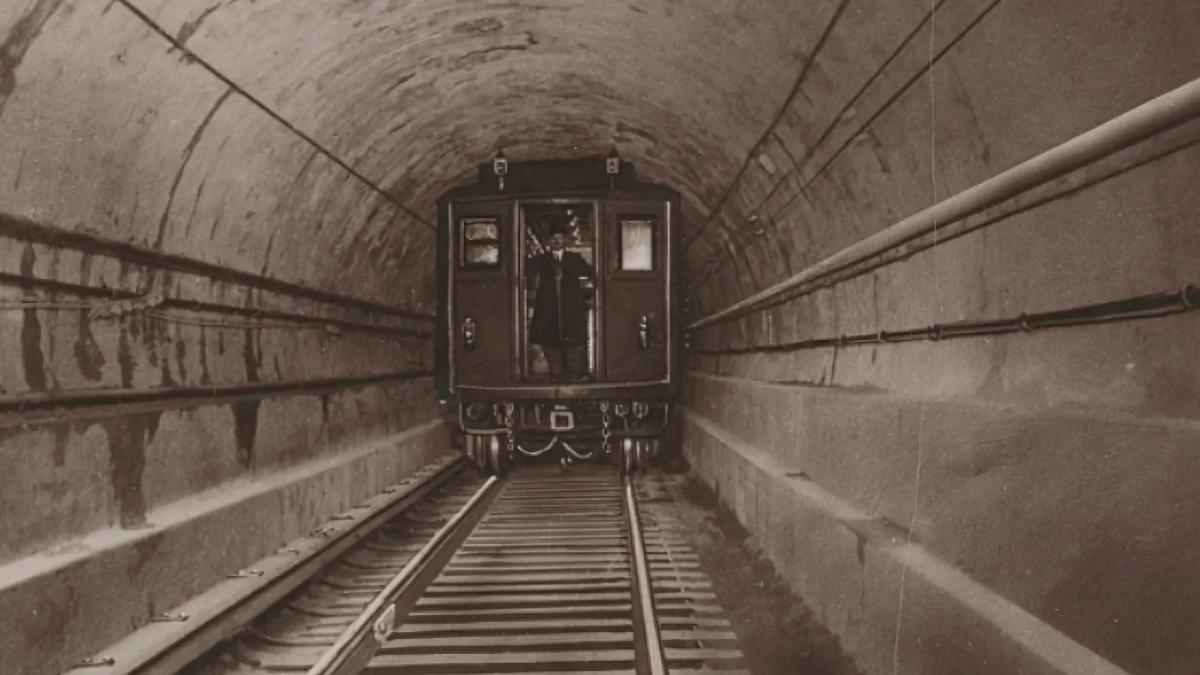History
The 1880 Tunnel Tragedy That Claimed 20 Lives Beneath the Hudson

Before the PATH train connected New Jersey and New York, an early attempt to build a tunnel under the Hudson River ended in tragedy. On July 21, 1880, a blowout during construction killed 20 workers, including Assistant Superintendent Peter Woodland, who helped save others before losing his life.
The tunnel project began in the 1870s under the direction of Colonel D.C. Haskins. At the time, there was no direct rail connection between Manhattan and the rest of the country. All passengers and freight had to be transported by ferry from New Jersey terminals, a process often delayed by fog, ice, or overcrowding. Haskins set out to build a tunnel from Jersey City to New York under the Hudson River, an ambitious and risky plan for its time.
By the summer of 1880, crews had reached about 300 feet into the river and were working 60 feet below the surface. At around 4:30 in the morning on July 21, a leak developed at the top of the tunnel. Compressed air escaped into the silt above, creating a blowout that allowed river water and mud to flood the chamber.
Woodland noticed the breach and moved quickly. He led eight men to an airlock and sealed them inside before staying behind with the rest of the crew. Nineteen workers remained with him as water filled the tunnel. None survived.
The workers, known as sandhogs, faced dangerous conditions every day. Woodland’s quick actions saved lives, and a memorial in his honor stands at Bayview New York Bay Cemetery in Jersey City.
The disaster brought an end to Haskins’ original tunnel effort. The idea was later revived and completed by a new team in the following decades. Today, the Hudson and Manhattan Railroad project lives on as the PATH system. The collapse of 1880 remains a reminder of the risks faced by early tunnel workers and the lives lost during the effort to unite New Jersey and New York underground.







